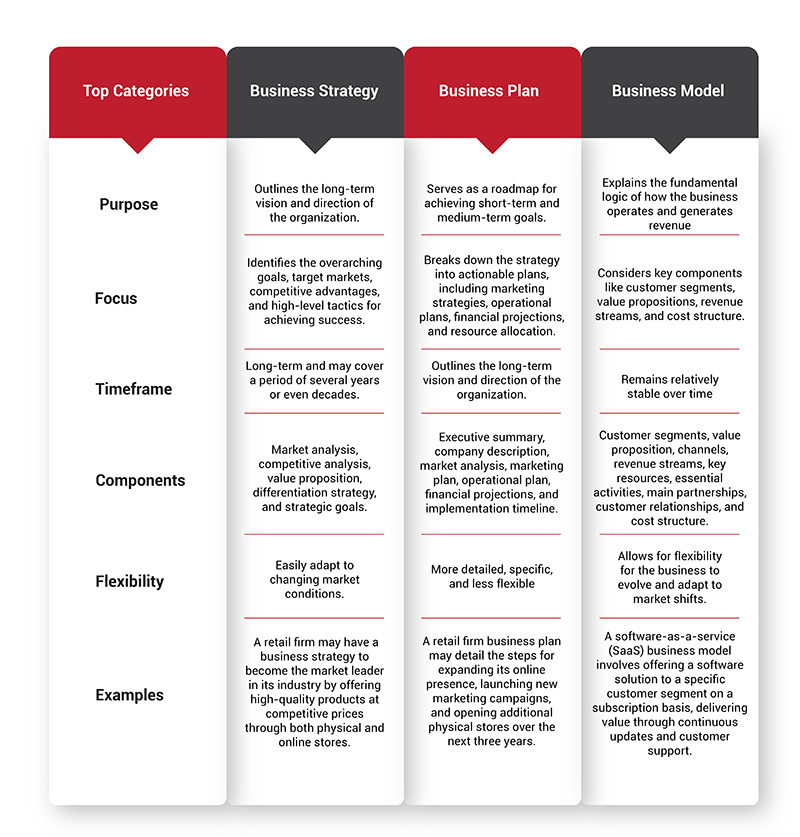Box Office Data Reveals Key Business Insights
7 min read
The global film industry, a multi-billion-dollar behemoth, is rapidly transforming from an art form driven by intuition to a science fueled by data. Recent box office performances, like the steady weekend run of Ravi Teja’s ‘Mass Jathara’ in Telugu cinema, which minted over Rs 9 crores in its first two days, underscore a critical truth: understanding granular audience behavior and market dynamics is paramount. While ‘Mass Jathara’ enjoyed a robust opening, social media buzz also highlighted its “predictable storyline” despite “energetic execution.” This dichotomy—strong initial performance juxtaposed with critical audience feedback on narrative—illustrates the intricate data points now available to studios. Beyond mere ticket sales, sophisticated data analytics are providing
Background: The Evolving Landscape of Film Finance
For decades, film production and distribution relied heavily on the instincts of seasoned executives and creative teams. Decisions on which scripts to fund, who to cast, and how to market a film were often made based on past successes, personal connections, and a subjective understanding of audience preferences. However, the advent of digital distribution, the proliferation of streaming platforms, and the explosion of social media have radically reshaped this landscape. Audiences are more diverse, their consumption habits are fragmented, and their feedback is instantaneous and public.
In this new era, studios, producers, and distributors can no longer afford to operate in a data vacuum. The financial stakes are higher than ever, with blockbusters regularly costing hundreds of millions of dollars. The ability to minimize risk and maximize return on investment has become intrinsically linked to robust data analytics. From pre-production to post-release, every stage of a film’s lifecycle generates valuable data, which, when properly analyzed, offers profound
Key Developments: Unpacking Film Industry Business Insights
The modern film industry leverages data analytics across a multitude of functions, moving far beyond simple box office tallies. This comprehensive approach provides invaluable
- Predictive Analytics in Content Development: Before a single scene is shot, data helps identify promising genres, themes, and narratives. Analysis of past successes, audience engagement with similar content, and even demographic trends can inform script development and casting choices. For instance, data might reveal a surge in demand for specific sub-genres or actor pairings that guarantee a certain level of audience interest, minimizing the gamble associated with creative endeavors. This often involves sentiment analysis of existing reviews, social media discussions, and competitive landscape assessments to gauge potential market reception.
- Optimizing Marketing and Distribution Strategies: Once a film is in production, data guides its journey to the audience. The ‘Mass Jathara’ example, with its 26.12% Telugu occupancy on Sunday and varied showtime performance (19.27% morning, 31.16% afternoon, 31.91% evening, 22.14% night), showcases the type of granular data that informs release strategies. Studios analyze geographical data, audience demographics, and historical performance of similar films to determine optimal release dates, screen counts, and promotional channels. Social media analytics, tracking audience sentiment and trending topics, allow for dynamic adjustments to marketing campaigns, ensuring messages resonate with target viewers. This includes A/B testing different trailer cuts, poster designs, and taglines to identify the most effective promotional materials.
- Audience Segmentation and Engagement: Understanding who your audience is, where they are, and what they want is critical. Data analytics allows for precise audience segmentation, enabling tailored marketing efforts. Post-release, continuous analysis of audience reactions—from social media comments highlighting “predictable storyline” to praise for “Ravi Teja energy” and “fights & cinematography”—provides a real-time feedback loop. This informs not only future projects but also identifies opportunities for extended distribution or complementary content. Streaming data, for example, reveals viewing patterns, drop-off rates, and re-watchability, offering deeper insights into audience engagement than ever before.
- Financial Forecasting and Risk Management: Data models can predict a film’s potential revenue streams from theatrical runs, streaming rights, home entertainment, and international markets. This allows for more accurate budgeting, investment decisions, and financial planning. By identifying potential risks early, studios can implement strategies to mitigate them, such as adjusting marketing spend or exploring alternative distribution channels. The ability to model various scenarios, from best-case to worst-case, provides a crucial strategic advantage.
Impact Analysis: A Strategic Advantage for Aspiring Professionals
The pervasive role of data analytics in the film industry has profound implications for its business performance, transforming how decisions are made and elevating the importance of data-driven insights. For studios, this means a sharper competitive edge, reduced financial risks, and a greater likelihood of producing content that resonates with audiences. For professionals, it creates new, in-demand career paths and redefines existing roles.
For international students, particularly those eyeing careers in creative industries, business, or data science, this trend presents a unique opportunity. Understanding and applying
For example, a student with strong data analysis skills could work as a:
- Market Research Analyst: Predicting audience demand for specific genres or actors.
- Financial Modeler: Forecasting a film’s revenue across different distribution windows.
- Audience Engagement Strategist: Interpreting social media sentiment and streaming data to optimize viewer experience.
- Content Acquisition Specialist: Using data to identify undervalued scripts or intellectual property.
These skills are not only highly valued within the film industry but are also transferable across many sectors, significantly enhancing a student’s global employability. For international students, demonstrating proficiency in such in-demand fields can be a considerable asset when applying for post-study work visas or skilled migration programs. It shows a clear pathway to contributing to the host country’s economy and innovation, aligning with the objectives of many immigration policies.
Expert Insights and Strategic Recommendations
“The days of solely relying on gut feelings in Hollywood are over,” states Dr. Anya Sharma, a leading analyst in entertainment economics. “Today, a film’s success is a complex equation where creative vision meets data-driven strategy. Studios that invest heavily in predictive analytics, audience segmentation, and real-time performance tracking are the ones consistently delivering hits and optimizing their ROI. The ‘Mass Jathara’ scenario, where initial box office success is quickly followed by nuanced audience feedback, highlights the necessity for continuous data interpretation to inform ongoing marketing and future projects.”
For companies in the film industry, strategic recommendations include:
- Invest in Robust Data Infrastructure: Implement advanced analytics platforms and AI tools capable of processing vast datasets from diverse sources, including box office, streaming, social media, and focus group feedback.
- Foster a Data-Literate Culture: Train creative and business teams to understand and utilize data, bridging the gap between artistic intuition and analytical evidence.
- Prioritize Audience Feedback Loops: Establish mechanisms for real-time monitoring of audience sentiment and adjust strategies dynamically, as demonstrated by the rapid social media response to ‘Mass Jathara’.
- Explore Global Market Insights: Leverage data to identify emerging markets and tailor content and distribution strategies for diverse international audiences.
For international students aspiring to enter this dynamic industry, here are practical recommendations:
- Pursue Relevant Education: Opt for degrees or certifications in Data Science, Business Analytics, Marketing with a Digital Focus, or Film Business & Management programs that integrate strong quantitative components. Consider minors or electives in statistics, programming (Python, R), and machine learning.
- Gain Practical Experience: Seek internships or entry-level positions in the data analytics departments of film studios, production houses, streaming platforms, or entertainment marketing agencies. Even analyzing publicly available box office data for independent research projects can build a valuable portfolio.
- Develop Strong Communication Skills: Being able to translate complex data into clear, actionable
film industry business insights for non-technical stakeholders (e.g., directors, producers) is crucial. - Network Strategically: Attend industry conferences, film festivals, and online webinars to connect with professionals and stay abreast of the latest trends in entertainment technology and data analytics.
- Highlight Data Skills in Visa Applications: When applying for study or work visas, emphasize how your analytical skills and understanding of film industry business insights make you a valuable asset, capable of contributing to the innovative and economic growth of the industry in the destination country. This demonstrates not just academic intent but also clear career potential and economic contribution.
Looking Ahead: The Future of Data-Driven Cinema
The trajectory of data analytics in the film industry points towards an even more integrated and sophisticated future. Emerging technologies like advanced AI and machine learning will further refine predictive models, potentially influencing not just marketing but also aspects of scriptwriting and even visual effects. The rise of immersive experiences, such as virtual reality (VR) and augmented reality (AR) cinema, will introduce new data streams, offering unprecedented insights into individual viewer engagement and physiological responses.
Globally, the interconnectedness of markets means that understanding international audience preferences through data will become even more critical for films seeking worldwide success. The lessons learned from a regional hit like ‘Mass Jathara’ about balancing mass appeal with narrative predictability can be scaled and applied to larger, cross-cultural productions. The demand for professionals equipped with comprehensive
Reach out to us for personalized consultation based on your specific requirements.



